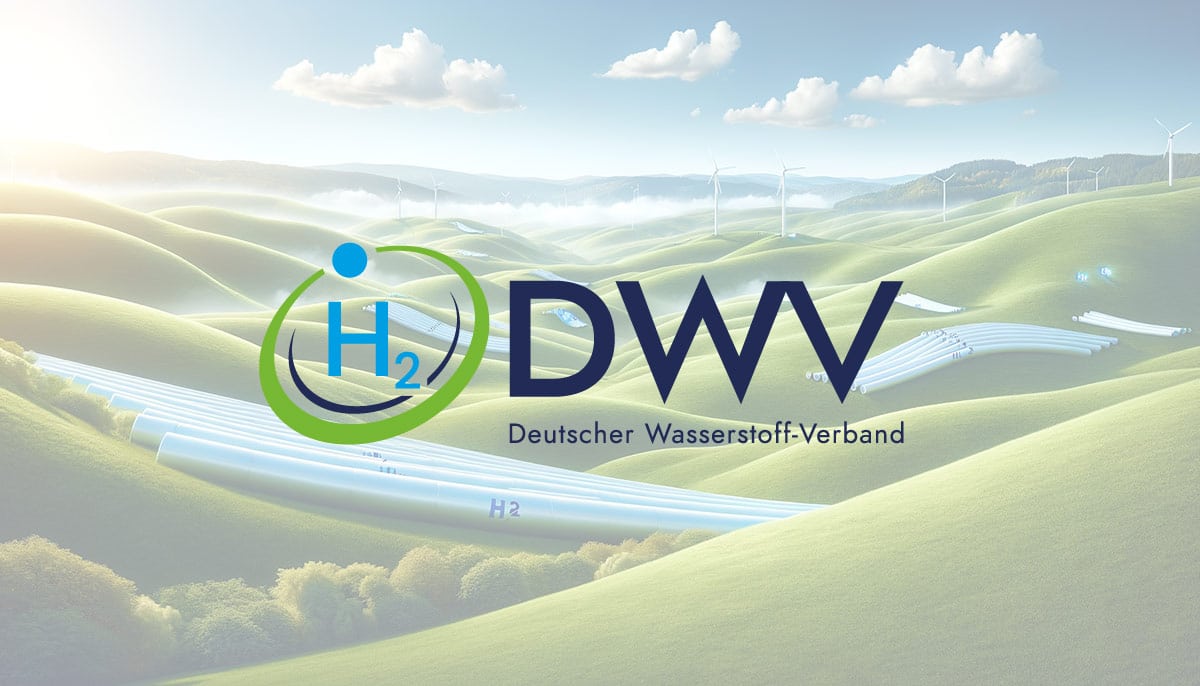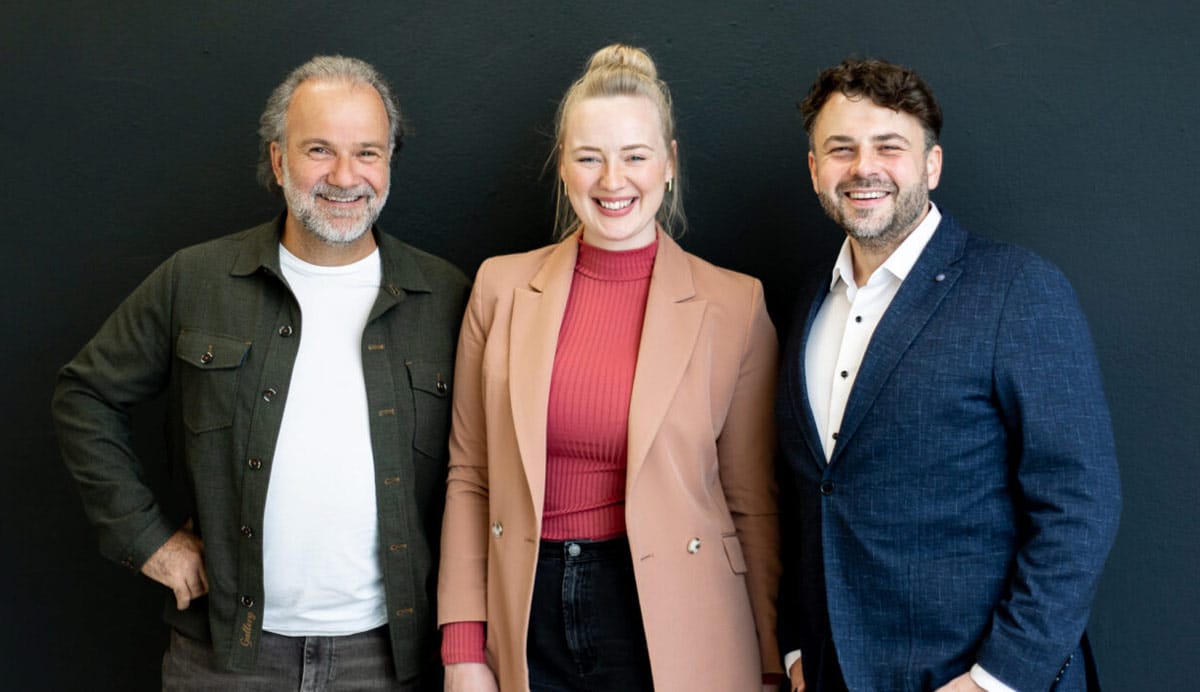Fermentation: Bacteria generate H2 from biomass
The advantage of a fermentation over a photosynthetic approach is that it is significantly closer to commercial use. While researchers are still tinkering with enzyme fundamentals, a small pilot reactor for the project HyPerFerment II is already going into operation. The downside: While water and sunlight are available in practically unlimited quantities, appropriate substrates are required for fermentation.
This involves essentially the same raw materials from which biogas is also produced. “Our goal is therefore to allow hydrogen production to take place before biogas production. In the pre-fermentation stage, the microorganisms break down the substrates only to a small extent. The biogas produced in the next step may even be higher as a result,” says Fabian Giebner, a research associate at the microbiology company MicroPro GmbH and the project leader of HyPerFerment II. In the laboratory tests with maize silage, sugar beet pulp and molasses, the methane production increased by about one third.
The consortium, to which also the plant builder Streicher Anlagenbau GmbH & Co. KG and the automation research institute Fraunhofer Institut für Fabrikbetrieb und -automatisierung (Fraunhofer IFF) belong, has just constructed a10-m3 (350-ft3) test fermenter near a biogas plant in Magdeburg (see Fig. 3). With this, they want to experiment with parameters to find out the optimal modes of operation. Giebner expects the bacteria in the pilot plant to produce at least 4 to 5 kg of hydrogen per day. On top of this is a somewhat smaller amount of CO2. Methane will hardly be produced there, as the predominant organisms that do in biogas plants have no chance at the pH value significantly under 6 and the temperature of nearly 60 °C in the hydrogen fermenter.
For the operators of biogas plants, hydrogen production could be an added business with little additional cost. The substrate should only need to be in the H2 fermenter about three to ten days. That’s one-tenth of the dwell time of the usual biogas plants – correspondingly, the size of the plant can be smaller.
From one kilogram of maize silage, the bacteria in the lab produced about 100 liters of hydrogen. With wheat bran, it was a little less. So if all of the biogas plants in Germany were to be combined with an H2 fermenter, only a few percent of the expected hydrogen demand could be covered.
Therefore, even with a large degree of scaling, it is a question of rather small quantities of hydrogen. This could be used locally for agricultural machinery or trucks, for example. When a larger-scale pilot project is launched in two or three years, it may therefore be accompanied by a small hydrogen fueling station. Before then, however, the hydrogen is to be enriched in the current test plant and fed into the biogas plant so that the organisms there produce more methane.
Microbial FC: Electrons from wastewater
At the sewage treatment plant Kläranlage Châteauneuf-Sitten, researchers from the technical university Fachhochschule Westschweiz-Wallis (HES-SO Valais-Wallis) in Sion, Switzerland recently completed testing of a 1,000-liter microbial fuel cell. With 64 individual cells and 14 meters total length, it is, according to the group, the longest microbial fuel cell system in the world thus far.
On the carbon foam electrodes are settled about ten different microbial species that occur naturally in wastewater. There, they break down the digestible components, very similar to what happens in the activated sludge basin of a normal sewage treatment plant. The difference: In a conventional activated sludge tank, air is blown in with high energy expenditure, because the bacteria need oxygen. This penetrates into the cells and takes up electrons there.
Microbes in the biofuel cell instead pass electrons directly on to the anode. “It is a sort of external respiration. When there was no oxygen in Earth’s atmosphere, bacteria passed off electrons to, for example, oxidized volcanic rock,” says Fabian Fischer, professor in chemical biotechnology at HES-SO Valais-Wallis. The microbial fuel cell therefore not only generates electricity, but also saves energy by eliminating the need to aerate the basin.
Electrons from the anode flow to the cathode – an electric current is generated. The simultaneously occurring hydrogen ions diffuse through the proton exchange membrane to the cathode side. There, electrons and protons come into contact with atmospheric oxygen and react to form water.
The potential for the technology is great – in wastewater treatment as well as power generation. In the wastewater treatment plants of smaller cities of up to 10,000 inhabitants, a biofuel cell could completely replace the current way of treatment in the activation tank. The potential electricity yield lies at 0.2 kWh per inhabitant per day. For this, the bacteria would have to convert about 25 percent of the digestible mass in the wastewater into usable electricity. The pilot plant has so far achieved six to twelve percent. In the next phase of the project, not only the efficiency but also the performance of the cells are to be increased – within the same dimensions, throughput and electricity generation are to grow to twice the amount. Industrial partners should also be in on the project, but none have been named so far.
Author: Eva Augsten


























0 Comments